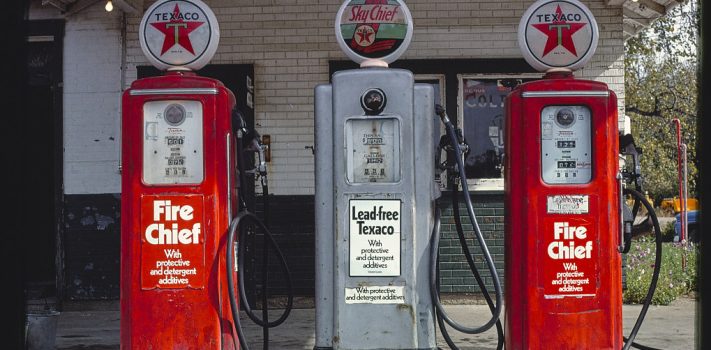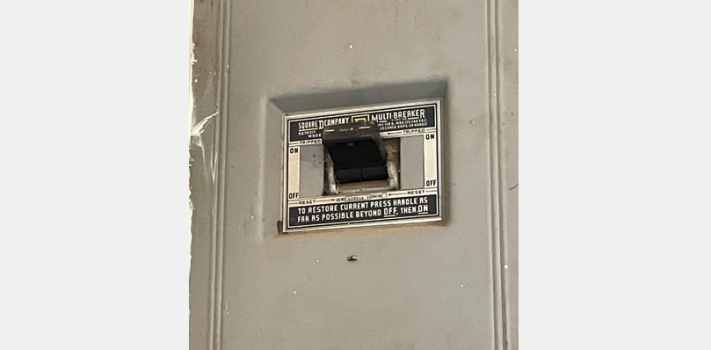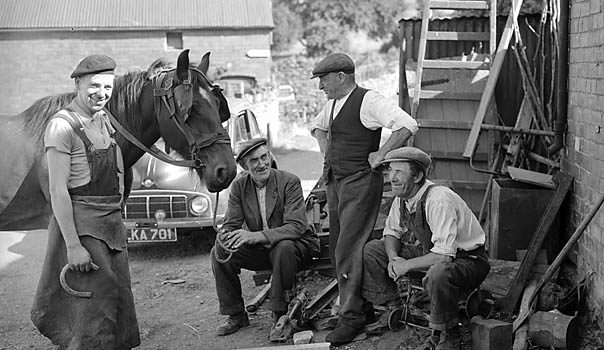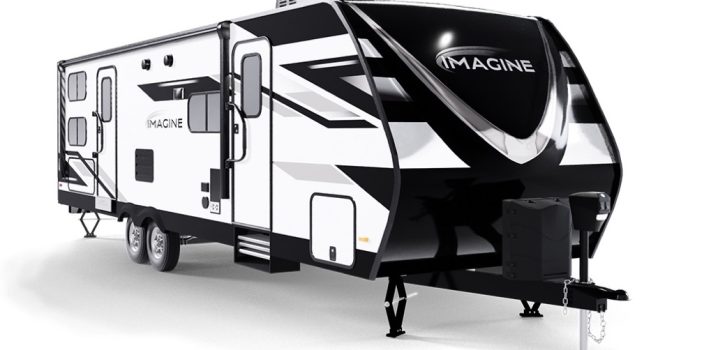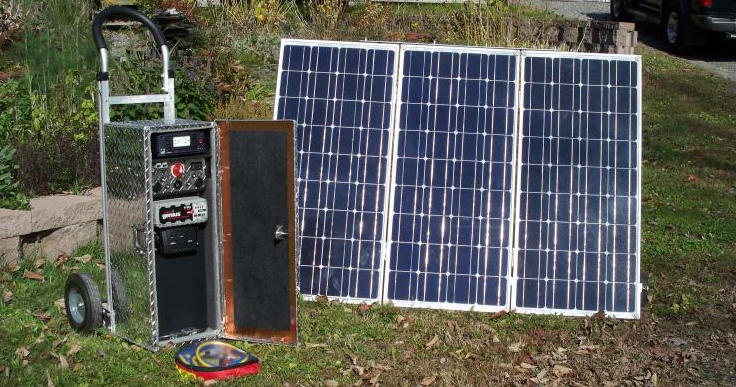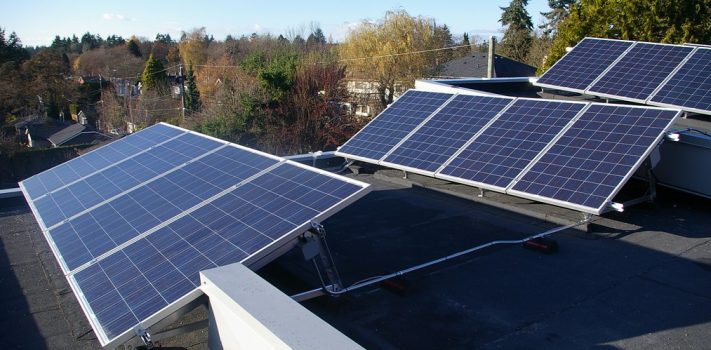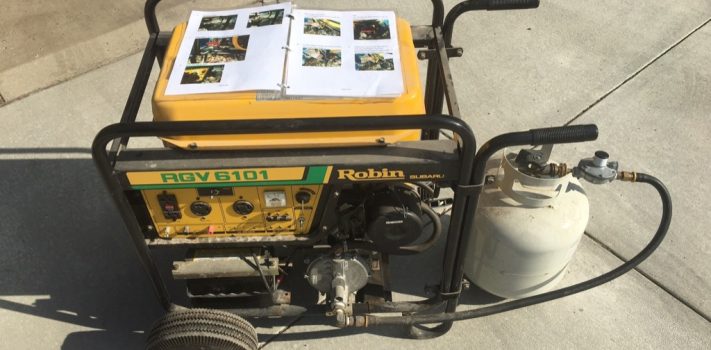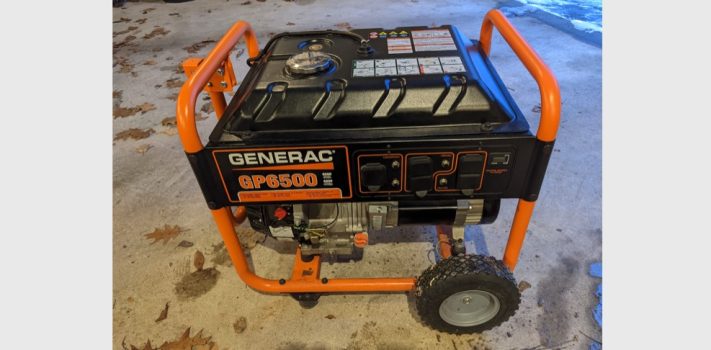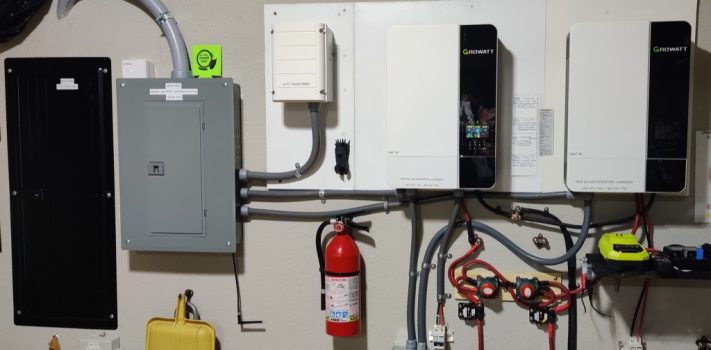Long-Term Storage of Gasoline Fuels – Part 2, by Tunnel Rabbit
(Continued from Part 1. This concludes the article.) Fuel Restoration Techniques These suggestions are appropriate as means of ‘last resort’ in an attempt improve a degraded fuel. Another advantage of storing Avgas is that we can blend it with other gasolines to bring up the octane level and to dilute the degraded automotive gas. Dilution is the solution. The combination of non-ethanol unleaded premium and Avgas 101LL can restore the depleted octane level of the automotive gasoline (Mogas) that has lost its octane rating over a one-year or much longer period of time. This blend can bring it back closer …

